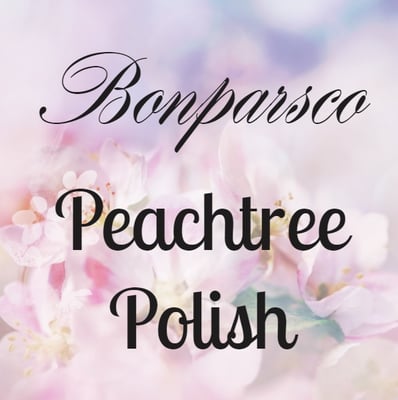Soap making (technically referred to as saponification) is a chemical reaction between a base and an acid. Generally, the base is sodium hydroxide while the acid is one or more oils or fats. Common soap making oils include olive oil, coconut oil, tallow, palm oil, lard, shea butter, and cocoa butter. Each different oil will bring its unique properties to the soap. Every oil will have a (usually) small portion of “unsaponifiables”, that is components that do not become soap. These can nourish the skin or provide other benefits.
Soap properties are usually described in terms of hardness, cleansing, conditioning, and lather (bubbly and/or creamy). When a soap maker develops a recipe they will carefully choose the ingredients and their amounts based on what they hope to achieve in the finished bar. It’s a process that is usually tweaked and refined many many times and is why most soap makers don’t share their secret recipes!
Without getting too technical, the primary reason oils contribute different qualities to soap is due to their chemical makeup, specifically the fatty acid profile.
Here are some common soap making oils and their properties in soap:
Avocado—Makes a soft bar of soap that is rich in Vitamin E, B, D, and E. It makes a creamy and conditioning soap that is gentle and mild.
Apricot Kernel—This lightweight oil is conditioning and easily absorbed into the skin. It is also great for lotion.
Castor—makes a rich creamy lather. Too much can make a bar feel sticky.
Cocoa Butter—makes a hard bar with a stable creamy lather that is moisturizing.
Coconut—makes big fluffy bubbles, cleans really well, and creates a very white bar of soap. Too much can make a soap that is drying.
Mango Butter—conditioning with a rich creamy lather.
Olive—considered by many to be the “king” of soap making oils. Olive oil contributes to a soap that is creamy and mild. It does not make big bubbles and can take a very long time to cure (the drying time whereby the water evaporates) but will eventually make a very hard bar of amazing soap. 100% olive oil soap is called Castile soap and soap with a very high percentage of olive oil (75% or more) is called Bastille.
Palm—makes a very hard bar which lathers well. I only use palm oil that is sustainably sourced with a membership in RSPO.
Rice Bran—Rich in Vitamin E and anti-oxidants. Makes a mild soap with small bubbles. Similar to (and often subbed for) olive oil.
Shea Butter—Shea butter is conditioning, moisturizing and gives a silky feel to soap. If olive oil is the king of soap making ingredients, then shea butter is the queen.
So, what do you do with all of this information???
Just like at the grocery store, read the labels of your soap! There are many other soap making oils; I have tried to list the most common ones here but you may also see canola oil, meadowfoam oil, safflower oil, and sunflower oil. Like a food label, the oils should be listed in descending order. Some soap makers will list ingredients using their Latin names, which is not required by law but hopefully, they’ll have the common name in parentheses.
Most handcrafted soap is suitable for many skin types. Folks with sensitive skin might prefer a soap with a high percentage of olive oil or rice bran oil. People with oily skin might do better with slightly more coconut oil. If high-quality soap with a reduced environmental impact is important to you look for palm-free vegetarian bars like ours.
Sourced from:
http://www.lovinsoap.com/oils-chart/ http://www.naturesgardencandles.com/mas_assets/theme/ngc/pdf/soapoils.pdf http://www.soapqueen.com/bath-and-body-tutorials/tips-and-tricks/free-beginners-guide-to-soapmaking-common-soapmaking-oils/
https://amanisoaps.com/blogs/amani-soaps-blog/40492225-properties-of-soap-making-oils

